As climbers set their sights on Mt. ABI in 2025/2026, they’ll discover a majestic peak that offers both challenge and beauty. Standing at 6,097 meters, this mountain presents a unique climbing experience with its rocky paths and glacial sections, all while navigating the unpredictable weather typical of the Mahalangur region. The journey begins with a scenic flight from Kathmandu, leading adventurers to base camp, where they’ll prepare for the ascent. Yet, the real question remains: what essential preparations will climbers need to conquer this formidable peak?
Key Points
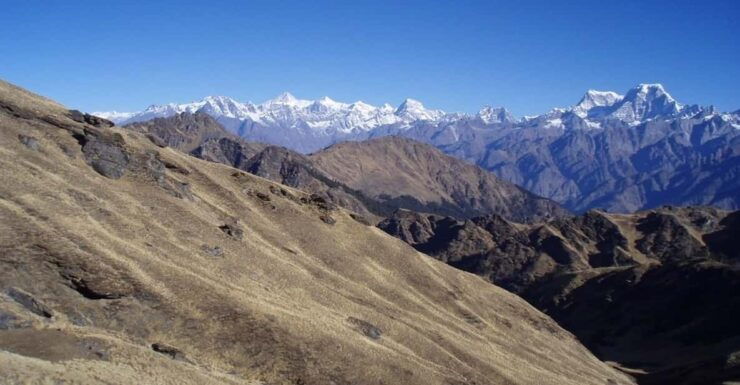
- Mt. ABI is located in Nepal’s Solukhumbu district, with an elevation of 6,097 meters, popular for high-altitude climbing expeditions.
- Expeditions for Mt. ABI in 2025/2026 will require basic mountaineering skills due to its moderate difficulty level (PD rating).
- Climbers can expect a 12-day itinerary, starting with a scenic flight from Kathmandu to Lukla and including a trek to the Base Camp.
- Essential gear for the climb includes crampons, ice axes, sturdy mountaineering boots, and layered clothing for varying weather conditions.
- Participants should prepare for additional costs, such as international flights, Nepali visa fees, and mandatory high-altitude travel insurance.
Overview of Mt. ABI

Mt. ABI, soaring at 6,097 meters in the breathtaking Mahalangur region of Nepal, offers climbers a thrilling challenge and stunning views that captivate adventurers from around the globe.
Nestled within the Solukhumbu district, this majestic peak serves as an excellent introduction to high-altitude climbing.
The trek to its base camp, set at 5,355 meters, showcases spectacular landscapes, including glacial valleys and rugged terrain.
Climbers face the exhilarating Cho La Pass at 5,420 meters, testing their skills and endurance.
With a duration of 12 days, the expedition includes a scenic flight from Kathmandu to Lukla, allowing trekkers to enjoy the rich cultural tapestry of the region while preparing for an unforgettable ascent.
Find more activities and experiences we've covered in Namche Bazar.
Climbing Experience Details
Climbers embark on an exhilarating journey characterized by moderate difficulty and diverse terrain, where basic mountaineering skills and physical endurance are essential for success. The experience demands navigating rocky paths, steep inclines, and glacial sections, all while adapting to unpredictable weather conditions. Essential gear, such as crampons and ice axes, plays a crucial role in ensuring safety and efficiency.
| Climbing Requirements | Description |
|---|---|
| Difficulty Level | Moderate (PD rating) |
| Essential Skills | Basic mountaineering skills |
| Physical Endurance | Strong stamina and acclimatization |
Participants often find that hiring experienced guides enhances their journey, providing invaluable support in navigation and emergency planning, ensuring a memorable ascent.
Detailed Itinerary
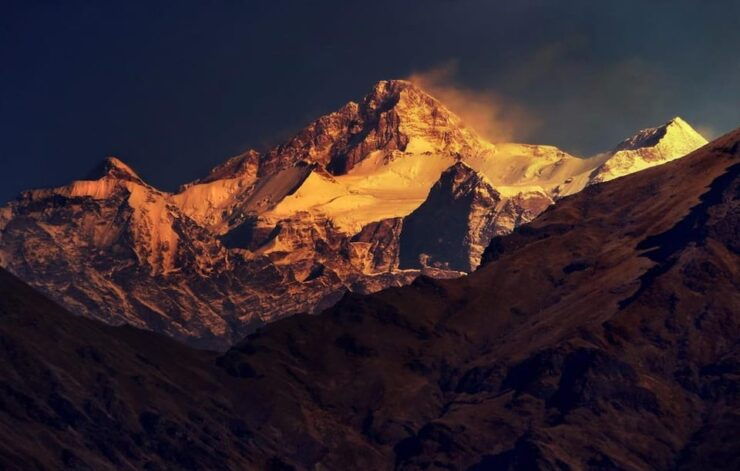
The itinerary for the Mt. ABI expedition is carefully crafted to ensure climbers acclimatize, hone their skills, and experience the breathtaking beauty of the Himalayas over 12 unforgettable days.
Starting with a scenic flight from Kathmandu to Lukla, trekkers make their way through stunning landscapes, moving from Chutanga to Thuli Kharka and then on to Kothe and Thangnak.
The journey culminates at Abi Base Camp, where climbers prepare for the ascent. After reaching High Camp, they tackle the summit of Mt. ABI Peak at 6,097 meters.
The trek back includes a leisurely return to Lukla, allowing participants to reflect on their adventure before flying back to Kathmandu, filled with memories and a sense of accomplishment.
Inclusions for Expeditions
A comprehensive range of inclusions enhances the Mt. ABI expedition experience, ensuring participants are well-equipped and supported throughout their journey.
Travelers benefit from airport and hotel pick-up and drop-off, easing their transition into the adventure. The expedition covers necessary permits and royalty fees, allowing climbers to focus on the journey ahead.
Essential climbing gear and high-altitude tent services are provided, alongside three daily meals that fuel their trek. Accommodations vary from comfortable hotels to cozy tea houses, ensuring a restful stay.
Plus, medical and emergency rescue insurance safeguards against unforeseen incidents. At the journey’s conclusion, a summit certificate from NMA and Marvel commemorates their achievement, making for lasting memories of this incredible expedition.
More Great Thing To Do NearbyExclusions and Costs
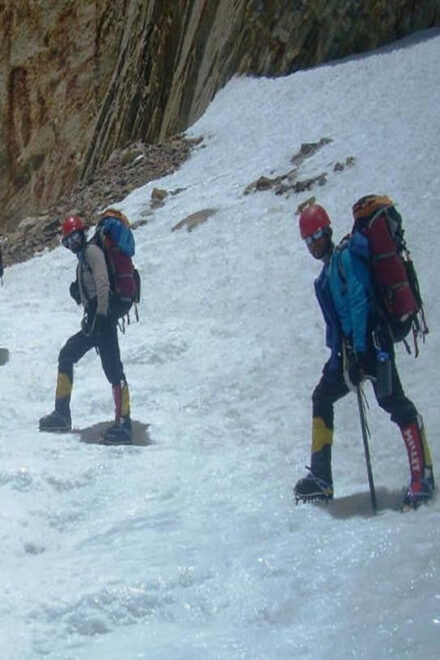
Participants should be aware that certain costs and exclusions are associated with the Mt. ABI expedition, which are essential for planning their overall budget.
Notably, the journey requires covering international flight airfare and obtaining a Nepali visa, along with accommodation and meals in Kathmandu.
High-altitude travel insurance is mandatory, ensuring safety during the expedition.
Personal expenses, such as drinks and alcohol, can also add up.
Plus, participants should factor in tipping for guides and service workers—approximately $100 each, not including Sherpas.
A summit bonus of $250 for Sherpas is expected, and while oxygen bottles for emergencies are generally unnecessary below 7,000 meters, they may incur extra costs.
Understanding these exclusions helps participants prepare effectively.
Essential Gear List
Packing the right gear is vital for a successful ascent of Mt. ABI, ensuring climbers are well-prepared for the challenges that await in the high-altitude environment.
Essential items include sturdy mountaineering boots, crampons, and an ice axe for traversing icy terrain. A high-quality sleeping bag rated for extreme temperatures is crucial for comfort at Base Camp.
Layered clothing—thermal base layers, an insulating mid-layer, and a waterproof outer layer—protects against unpredictable weather. Plus, climbers should pack gloves, a warm hat, and goggles to shield against harsh winds.
A well-equipped first-aid kit and personal climbing gear, including harnesses and carabiners, round out the list.
With the right equipment, climbers can confidently tackle the challenges of Mt. ABI.
Safety and Emergency Measures
Ensuring safety during the Mt. ABI expedition requires careful planning and a proactive approach to emergency measures.
Teams must conduct thorough pre-expedition briefings, covering potential risks like altitude sickness and severe weather. Equipped with first aid kits, they’re prepared for minor injuries, while emergency communication devices ensure instant contact with rescue teams if needed.
Guides, trained in high-altitude rescue techniques, monitor climbers’ health and readiness continuously. Having a detailed evacuation plan is vital, specifying routes and methods for emergencies.
Participants should also possess personal emergency gear, such as oxygen bottles and masks, to combat unexpected altitude challenges.
Questions You May Have
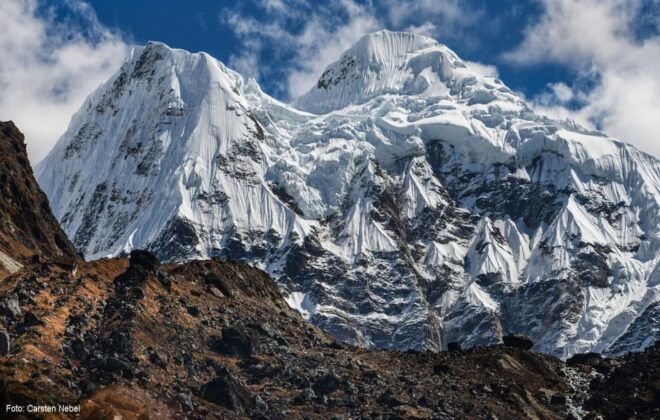
What Is the Best Time to Climb Mt. Abi?
The best time to climb Mt. Abi is during the spring months of April and May. During this period, climbers enjoy relatively stable weather, clearer skies, and optimal conditions for acclimatization and summit success.
Are There Any Age Restrictions for Climbers?
There aren’t strict age restrictions for climbers, but participants generally should be at least 16 years old. Physical fitness and experience in mountaineering are crucial for ensuring a safe and enjoyable climbing experience.
How Many Climbers Are Typically in a Group?
Typically, climbing groups consist of 4 to 12 participants, ensuring a manageable size for navigation and support. This structure fosters camaraderie, allowing climbers to share experiences while tackling the challenges of the ascent together.
Is Prior Climbing Experience Necessary for This Expedition?
Prior climbing experience isn’t strictly necessary, but it’s highly recommended. Participants should possess basic mountaineering skills and physical endurance, ensuring they handle the challenging terrain and unpredictable weather during this exhilarating expedition.
What Is the Altitude Sickness Prevention Protocol?
To prevent altitude sickness, climbers should ascend gradually, stay hydrated, and recognize symptoms early. They should acclimatize properly, taking rest days as needed, ensuring their body adjusts to decreased oxygen levels effectively.
Break Down
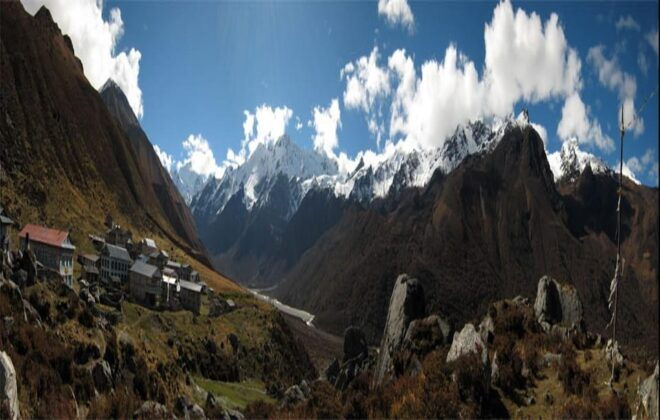
To sum it up, climbing Mt. ABI in 2025/2026 promises an unforgettable adventure for both seasoned climbers and newcomers alike.
With its breathtaking landscapes, diverse terrains, and the support of experienced guides, participants are set for a thrilling journey.
The meticulous planning, essential gear, and comprehensive safety measures ensure a rewarding experience.
As adventurers stand atop this majestic peak, they’ll not only conquer the mountain but also create lasting memories that echo in their hearts for years to come.
You can check if your dates are available here:More Tour Reviews in Namche Bazar
Looking for something different? Other Namche Bazar activities we've written about
- From Lukla: 10 Day Everest Base Camp With Kalapatthar Trek
- Everest: 12-DAY Trek From Lukla to Kala Patthar
- 14-Day Everest Base Camp (5,364m) Guided Package Trek
- Everest Base Camp Tour 12 Days
- Everest Short Trek
- 15 Days Luxury Everest Base Camp Trek
- Everest Base Camp Trek With Heli Return
- Everest Short Trek – 5 Days
- Everest Base Camp & Kalapathar Trek : The Ultimate Adventure
- Nepal: Everest Panorama Trek (3,962 Meters)
- Everest Three High Passes Trek: 17-Day Guided 3 Passes Trek
- Lobuche West Peak Climbing 2025/2026
